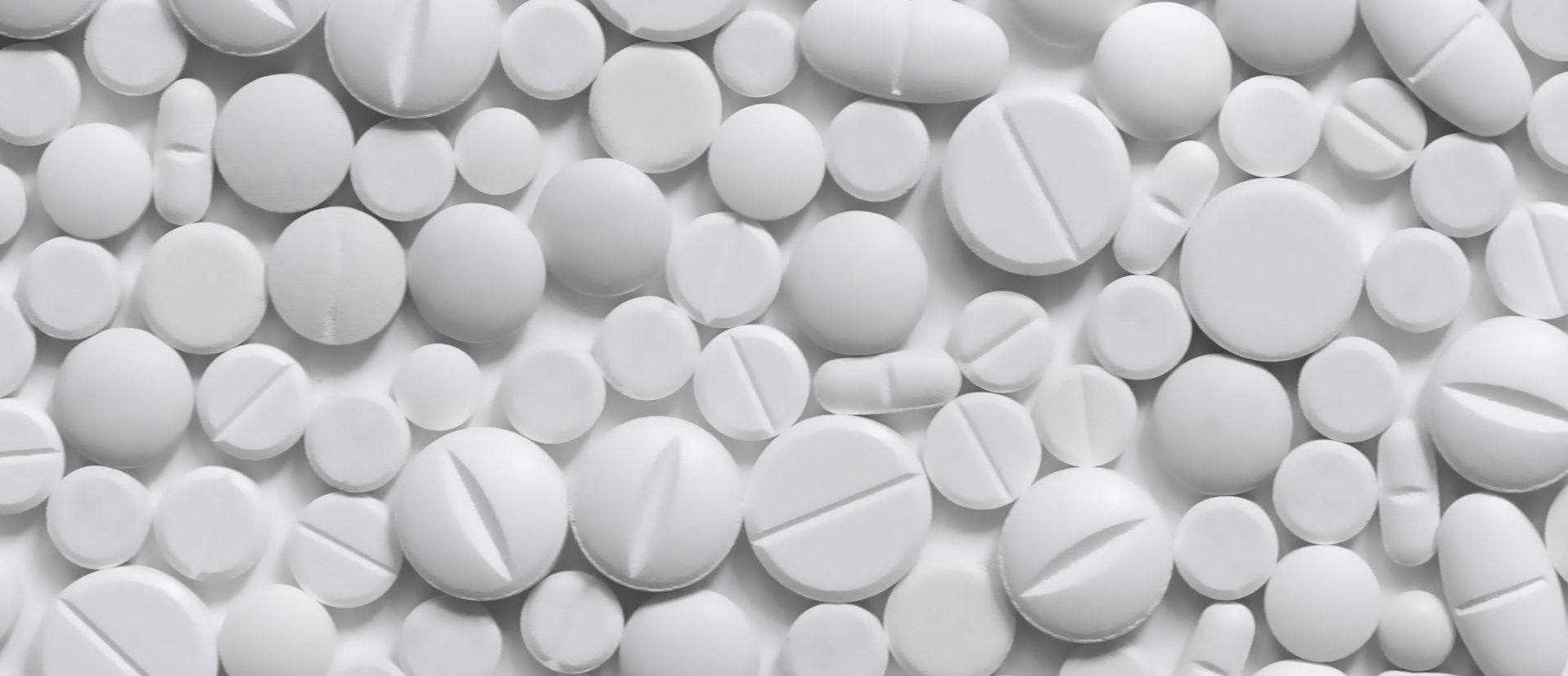B
The pharmaceutical and medical products industry in China has seen high levels of antitrust enforcement activity from 2015 onwards. This article takes stock of the cases to date, and highlights the most common antitrust issues. Notably, abuse of dominance cases involving excessive pricing and refusal to supply emerge as the most common infringements, and the market for the supply of active pharmaceutical ingredients appears to be the most actively scrutinized market. Antitrust enforcement is expected to continue to play a significant role in the pharmaceutical and medical products industry going forward.
By Michael Han & Joshua Seet1
I. INTRODUCTION
Antitrust enforcement in the pharmaceuticals and medical products industry in China is part of a larger regulatory and policy framework that has developed in recent years to address specific industry issues. For example, in response to high drug prices, measures such as the “two-invoice” system2 and centralized drug procurement processes3 have been implemented. To address issues relating to the alleged poor quality of drugs manufactured in China, measures have been introduced that support the emergence of quality generic drugs.4
Against this regulatory backdrop, China’s Anti-Monopoly Law (“AML”) has also been used as another tool to deal with problems in the industry. The pharmaceuticals and medical products industry in China has seen high levels of antitrust enforce
...THIS ARTICLE IS NOT AVAILABLE FOR IP ADDRESS 216.73.216.89
Please verify email or join us
to access premium content!

